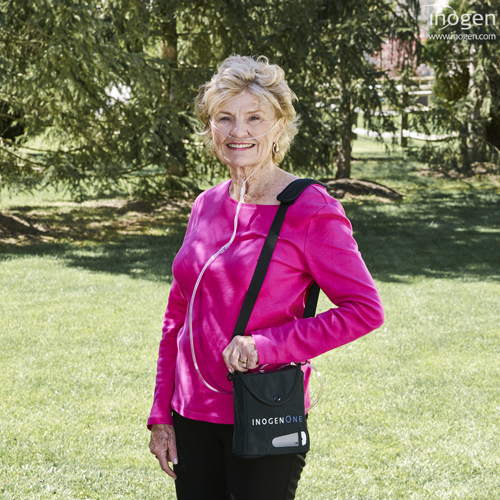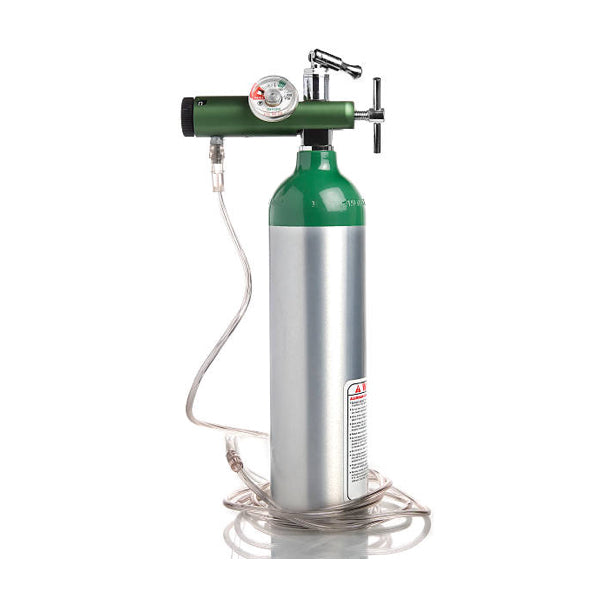The Ultimate Guide To Oxygen Tanks
Wiki Article
Everything about Oxygen Tanks
Table of Contents9 Easy Facts About Oxygen Tanks ExplainedOxygen Tanks Can Be Fun For EveryoneOxygen Tanks - QuestionsFascination About Oxygen TanksMore About Oxygen TanksHow Oxygen Tanks can Save You Time, Stress, and Money.
Medical oxygen is used for certain purposes, whereas commercial oxygen is used for a range of functions. People that are not able to offer their own oxygen will profit from oxygen therapy.We inhale oxygen, which is a gas in the air. They might also need oxygen therapy or supplementary oxygen if they need it (oxygen tanks).
You can access to the oxygen you call for by making use of a CPAP machine. What are the risks of not providing oxygen to an individual? Therefore, if the patient does not get oxygen, they will certainly probably die as well as call for a transplant. A non-cardiovascular reason is also most likely to cause death.
Indicators on Oxygen Tanks You Should Know


Putting patients on oxygen is just one of the easiest and most efficient interventions used to maintain a large number of clinical issues. This area will certainly examine the different devices used to deliver and also move oxygen and also exactly how you may choose one over the various other based upon individual presentation. Portable oxygen cyndrical tubes are one of the most typical form of oxygen available in the area.
Unknown Facts About Oxygen Tanks
The oxygen cylinders created for medical usage are developed to permit only medical-grade regulators to be attached-- and only in one arrangement. The imprints on the cylinder compare with pins on the regulator and enable smooth as well as tight link when secured to the cyndrical tube To link a regulatory authority to a cyndrical tube; If present, get rid of the plastic cap on the cylinder. oxygen tanks.Line up the pins and imprints existing on the cylinder as well as regulator. Protect the screw device on the regulator up until it is tight as well as there is no motion between the regulator as well as cyndrical tube. Ensure the regulatory authority remains in the off setting, take the oxygen-cylinder wrench and also turn the cylinder on, after that promptly turn it back off.
If no running away air is observed, turn the cyndrical tube back on and also test the regulator by turning it to a picked circulation rate. The pressure sign on the regulatory authority shows the inner stress of the oxygen cylinder. Always ensure to safeguard assembled oxygen cylinders whatsoever times and also do not leave them in need of support in upright positions where they might fall.
Examine This Report about Oxygen Tanks
Oxygen is highly flammable as well as must never ever be used or saved near an open fire. The main oxygen distribution gadgets that you will certainly experience are the,, and also. and also the. Each of these has different usages and different limitations, the selection of which to utilize will heavily rely on the nature of the client you are taking care of.The NC needs to be positioned on the individual with the prongs curving up right into the nares, the tubes covered over the individual's ears (or safeguarded to the tubing holders on a C-collar), as well as then tightened as much as the chin with the sliding mechanism. Make certain to link the other end of the tubing to the oxygen regulatory authority and set the preferred flow price.
Among the most effective ways to deliver oxygen to a mindful young individual is to establish the nasal cannula to 10 - 15LPM and place it near the client, blowing throughout their face but not directly on it - oxygen tanks. Employing the aid of a moms and dad or caregiver to hold the nasal cannula in the blow-by setting is frequently one of the most time-effective technique.
The Ultimate Guide To Oxygen Tanks
They have the advantage of providing virtually 100% Fi, O2; this is frequently reduced as a result of the variable fit of the mask on the client's face. To position an NRB on a client, first, connect the tubes to the oxygen regulatory authority as click here to read well as turn up the circulation to the preferred rate (at a minimum of 10 LPM).The rate for NRB oxygen administration in grownups is in between 10 and 15 Lpm, as well as must not be lower than 10 LPM. Worths below this do not offer adequate oxygen to completely blow up the bag before each breath as well as can limit the person's breathing. NRB oxygen administration is limited by the respiration rate, deepness, as well as top quality of the client.
This is a way of developing an intermediate shipment technique between the NRB as well as the nasal cannula in rescues that do not lug facemasks alone. The indicators as well as contraindications are or else the exact same as for NRB masks, as are the issues. The treatment for placing a partial NRB is the very same as the placing of an NRB, with the elimination of one of the inner flaps which permits exhalation of run out carbon dioxide.
Some Known Details About Oxygen Tanks
Next, get rid of one of the straps from the mask and protect it around the posterior neck of the patient linking why not look here it back sideways it belongs. Location the mask over the airway and also protect the mask snuggly to the patient. Tracheostomy masks are consider this the exact same thing as an NRB simply for clients who have a tracheostomy-- and also are shown in patients with a tracheostomy that need extra oxygen.of tracheostomy masks consist of inflammation of the tracheostomy site, dryness of the mucous membrane layers, as well as retention of carbon dioxide. Get rid of the strap from one side as well as area the mask over the address stoma. Safeguard the strap around the individual's posterior neck and reconnect to the various other side of the mask. Attach the opposite end of the tubing to the oxygen regulatory authority.
Report this wiki page